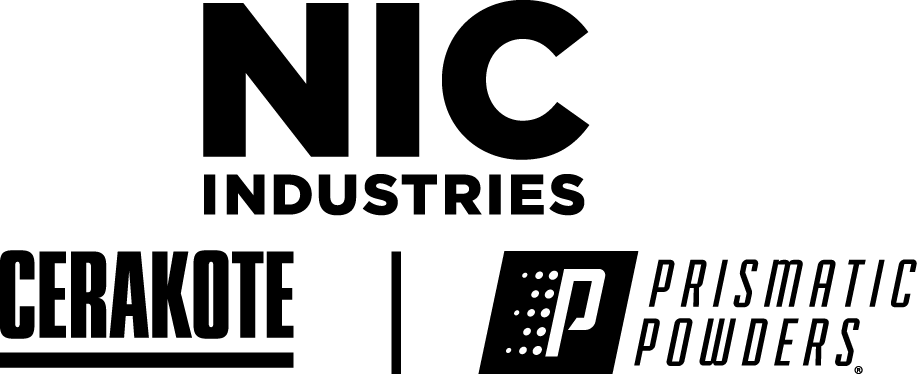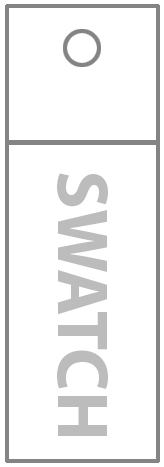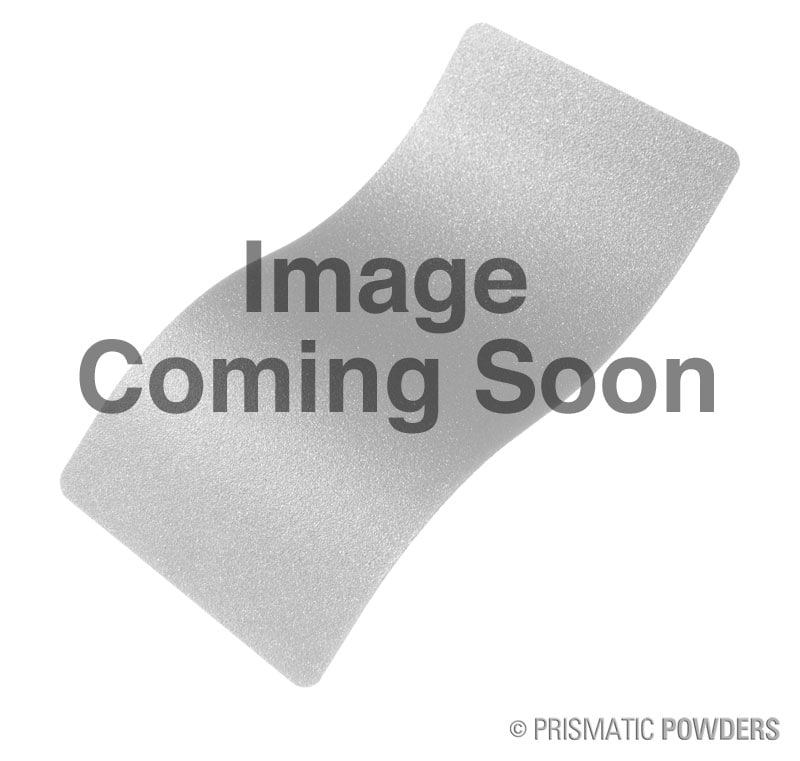Calculator
Results
Sq Ft:
Lbs Needed (rounded):
Estimated Sq Ft Coverage:
Estimated Cost / Sq Ft:
Estimated Cost:
Estimated lbs Needed:
Disclaimer: DO, use this tool to get approximated cost and coverage values for your powder coating projects. DON'T, depend on the results as your only means of validation when gauging project costs.
Thank you -- Prismatic Powders Tech Support
How to use this tool
Disclaimer: DO, use this tool to get approximated cost and coverage values for your powder coating projects. DON'T, depend on the results as your only means of validation when gauging project costs.
Thank you -- Prismatic Powders Tech Support
This calculator generates estimates based on 1 lb of powder.
Enter your values under the "Input" area and click calculate to get started.
- Specific Gravity: this number can be located on each powders' application guide (PDF) under the "Powder Characteristics" section. Or, you can browse our documents section for your powder.
- Transfer Efficiency: percentage (1-100%) that your powder will adhere to your part.
- Mil Thickness: number used to determine how many "mils" or how thick your coating will be.
- Cost per lb (optional): financial cost of powder per 1 lb. Shown on each of our powder product pages.
- Your Sq Ft (optional): square feet of your part. Sq Ft = Length x Width. This value cannot exceed the Sq Ft Coverage.
- Sq Ft Coverage: represents the estimated Sq Ft coverage 1 lb of powder would yield.
- Cost / Sq Ft: the estimated cost per Sq Ft.
- Cost: your estimated total cost based on your part Sq Ft.
- lbs Needed: estimated amount of powder needed (out of 1 lb).
All of the above items are explained in detail below.
Common Powder Coverage Examples

3-4 lbs of powder can comfortably coat a set of four standard car rims/wheels.

1-2 lbs of powder will cover four brake calipers.
Fundamentals of Powder Coating Coverage
A common question that our tech team addresses is, "how much powder will I need for my project / job / thing?". Our common response is, "it depends". This is understandably not the greatest answer, however, in most cases it is. There are just too many variables involved such as gun settings, workspace conditions, weather, etc. So, we've created this tool to help make the answer to this question a little easier.
A friendly warning - for those of us who aren't math wizards - the following might be a little dense. If so, that's ok, just stick to the calculator above and reference this as needed.
The Powder Coating Coverage Formula
This isn't some industry secret, in fact, there are plenty of resources around that will provide more in-depth detail on this topic. For our purposes, we're only going to cover the basics so that you can get a better understanding of how these numbers are being generated.
Powder Coverage = 192.3/Specific Gravity/Mils x Transfer Efficiency
At first glance, you're probably wondering where this mystery 192.3 number is coming from? Well, it turns out that that number is the Powder Coating Industries' standard. The number is equal to the square footage coverage per one pound of powder at a standard specific gravity of 1.0 and a thickness of 1 mil with 100% transfer efficiency. What this all boils down to is that it's a benchmark for one pound of powder which we can then use to help determine coverage based on more real-world inputs.
About "Specific Gravity"
Specific gravity is a measure of molecular weight. These values are in our product application guides. NOTE: not all powders have the same specific gravity value.
About "Transfer Efficiency"
Transfer efficiency is the percentage of powder that adheres to your part. This number is completely subjective, but keep in mind that at 100% you'd have zero waste and zero overspray in your application. Everything from equipment to experience to setup can be determining factors for this value.
Transfer efficiency is affected first and foremost by the setup of the spray gun as well as proper grounding. Kilovolt and microamp adjustments (if you gun has them) provided by spray gun manufacturers, are there to assist in adjusting transfer efficiency. Typically, the KV number (0-100) represents the voltage potential (percentage) available. Microamps manage the delivery of the voltage (KV) potential. The two settings work in conjunction to enable the applicator to find the best setting for maximum transfer efficiency for the given project/conditions. These settings will change due to variable factors and conditions including: part substrate, powder used, part shape, climate, humidity, etc. There is a misconception that a setting value of 100 will achieve the best results. This is not always true due to the above mentioned factors.
About "Mil Thickness"
Mil thickness is the coating thickness measured in "mils" (.001 of an inch, not millimeters). Your desired mil thickness will come down to user preference and the job requirements. We highly recommend using a digital mil thickness gauge as this is the most effective and accurate way to measure mil thickness.
About "Cost Per Lb"
The cost per lb is very easy to find on our website. All powder prices are listed per pound. If you're interested in evaluating powder coating cost, then you'll want to enter that in this field.

About "Sq Ft"
Part square footage can be a little cumbersome to calculate because most parts are 3-dimensional and not perfectly flat surfaces. One workaround for this is to treat each side as a unique surface; then calculate each surface and add them up.
Square feet (Sq Ft) = Length x Width
A great example of this would be a single 18" rim. Imagine it was a box instead of a cylinder. Using this approach would yield a total of six flat sides that we can then calculate to ballpark the overall square footage.
One 18" Rim:- Front: 18" x 18" = 324"
- Back: 18" x 18" = 324"
- Side 1: 18" x 8" = 144"
- Side 2: 18" x 8" = 144"
- Top: 18" x 8" = 144"
- Bottom: 18" x 8" = 144"






